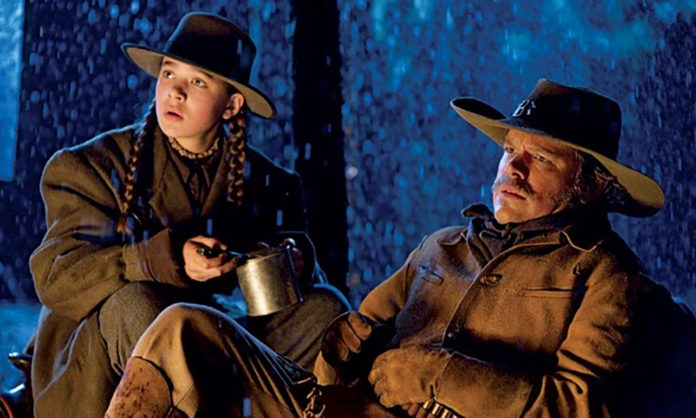In a post on Writer Unboxed, David Corbett says that contradictions can reveal a lot about your characters. “A contradiction in character is something about a person that piques our interest because it betrays what we expect, given what else we know or observe about him,” Corbett says. “Like characters who harbor a secret, those exhibiting contradictions instinctively arouse our curiosity, which is why contradiction provides such a useful tool above and beyond considerations of verisimilitude or inventiveness.”
Contradiction can be portrayed as a difference between words and deeds or values and action. They can also be physical, such as a bully with a squeaky voice, a housewife with a tattoo, or an old woman with a menacing tone. “Ever notice how much more chilling a threat becomes when spoken in a calm, soft voice?” Corbett writes. “Think Nurse Ratched in One Flew Over the Cuckoo’s Nest, when she tells Billy Babbit she will inform his mother of his sexual dalliance with one of the girls McMurphy snuck into the ward.”
Your character might have two opposing personality traits, showing brutality towards some people and tenderness towards others. “The ultimate effect of any such contradictions is that we never know exactly which aspect of the whole personality will assert itself in any given situation,” Corbett writes. “This in turn creates tension almost every time that character appears in a scene.” These contradictions can arise from social expectations, conflicting influences, competing values, or secrets being kept.
Behavior is another way to use contradiction. “We’re both generous with family and friends but fearful of strangers, apologetic to our superiors, and resentful of our inferiors (or vice versa),” Corbett notes. They create layers to character and raise questions about the story behind the story. These contradictions also serve a dramatic purpose, as they pique our interest and create suspense. They also help us portray complexity and depth, with subtext and internal conflict. They’re also great for foreshadowing.
There are limits to what you can do, Corbett cautions. Too much contradiction or an outlandish one can draw your reader away from your story. Unless your intent is comic, be wary of extreme or implausible contradictions in character. Corbett recommends asking whether the contradiction helps you (and the reader) connect to the character or if it creates emotional distance. If you feel distance, you might be “looking at” your character rather than understanding her. “The contradiction you’re considering therefore more likely resembles an idea, not a viable characteristic,” Corbett explains. “If you can justify it, root it in backstory or other behavior—unearth scenes from your imagination that reveal how this character developed or previously expressed these seemingly contradictory inclinations in different situations—it will become less conceptual, more intuitive and organic.”
Corbertt analyzes a number of classic characters and their contradictions, including examples from Raymond Chandler, Platoon, The Scarlet Pimpernel, and True Grit. As practice, he suggests picking a character from your current WIP or from a book or movie you’ve seen recently, and identifying any contradictions they have, including whether they are explained or resolved.












